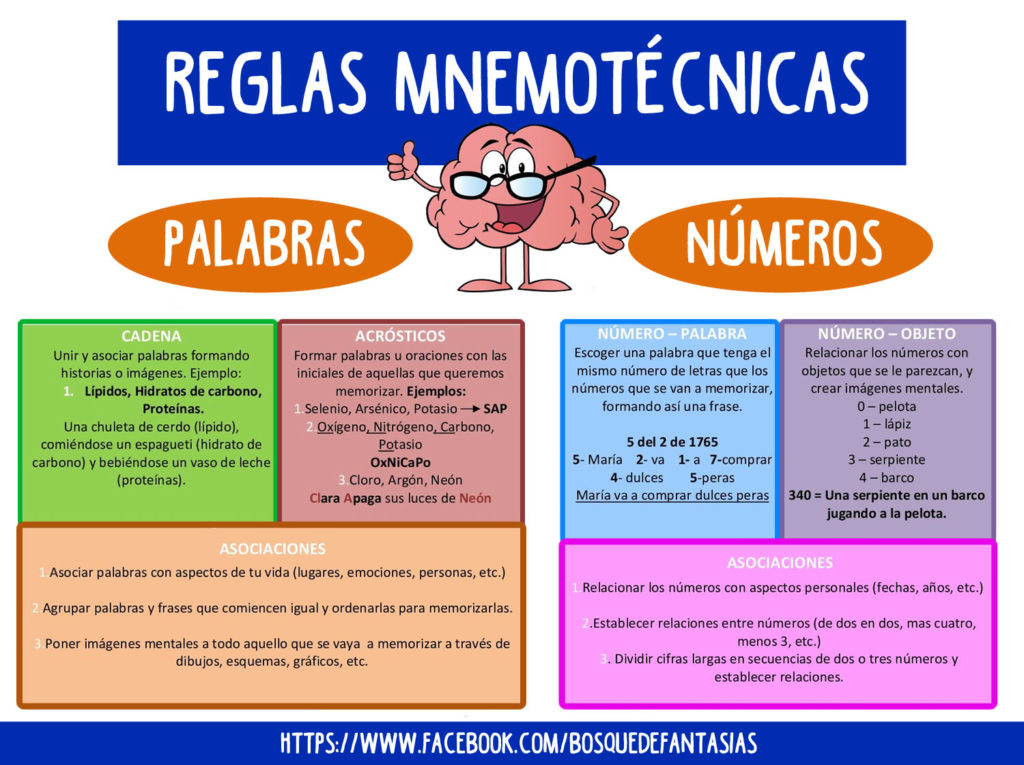They don’t teach us to study at school. However, our children are required to demonstrate knowledge from a very young age. From our experience we have seen textbooks for elementary school students with all the text on a subject underlined. Is this teacher really teaching his students correctly? Many teachers nowadays only want to see the results of the exams so it is left to us, the parents, the task of teaching our little ones to study.
Here I tell you about 6 study techniques that will lay the foundations for a good job in the future:
1. A TIME PLAN
It may sound crazy, but many times, children’s difficulties are based on their being too easily dispersed. We can see them sitting in front of the book sucking on the pencil with a blank look. Then create a time plan for him. Thus, each day you will know what time to do your homework, what time it is to review content and finally which is free to play!
The idea is not that the child spends the entire afternoon doing homework or studying, but rather that he uses the time effectively. Half an hour or an hour well spent is worth more than an entire afternoon without concentrating.
For your child to visualize the situation you can make a plan on cardboard with the activities of each schedule marked on it. Or better yet, let him do it himself!
2. REALIZATION OF SCHEMES
The problem could be that the child understands what he reads but later does not remember it. Try helping him make outlines, including drawings on him. In this way, working on the information will help you memorize it. Try to get him to do it in his own words, so you can see that he really understood and assimilated what he had to learn.
3. USE OF UNDERLINES
Underlining the most important thing in a text helps the child to think about what he is doing,
Determining what is important and what is not and inadvertently helps you remember. Remember to teach him that only the most important is marked, as I said before, a whole underlined text is not good for studying.
4. TEACH HER MNEMOTECHNICAL RULES
Finding a funny word helps you remember a concept, a difficult word, or a lesson. This word can be found by asking the child to find another that sounds similar or reminds him of something else.
At the end of the article you can download a few mnemonic rules.
5. QUESTIONS AND ANSWERS
Sit down with your child and ask him questions about what he is studying. Memorizing is not the same as understanding. The most important thing is that you understand what you study (and remember it too). Encourage him to use his own words to answer.
6. REGULAR SCHEDULE OF STUDY AND BREAKS
Your child needs to take regular breaks while studying. The snack may be enough to relax you and regain your strength to continue studying. In addition, some studies show that the study routine facilitates learning.
Remember that your child, at the beginning of his life as a student, needs your patience and empathy to overcome any study problems that may arise.

You can download and print the previous drawing through this link . We hope that these techniques are useful for you and that you take them into account when studying.











































































































